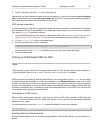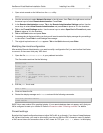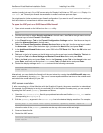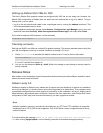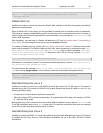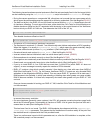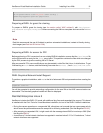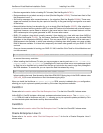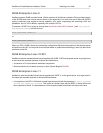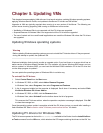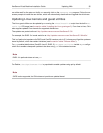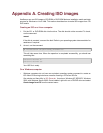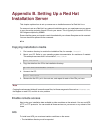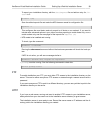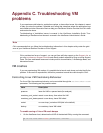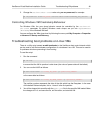
XenServer Virtual Machine Installation Guide Installing Linux VMs 33
SUSE Enterprise Linux 9
XenServer uses a SUSE-provided kernel. (Earlier versions of XenServer included a Citrix-provided version
of the SLES9 which had a more mature version of the hypervisor, but which was out of date with SUSE's
version, particularly with regard to security updates.) As a result, suspending and resuming a VM, and
XenMotion, are not 100% reliable, especially with multiple VCPUs.
To prepare a SUSE Linux guest for cloning (see the section called “MAC address”), edit /etc/syscon-
fig/network/config and edit the line:
FORCE_PERSISTENT_NAMES=yes
to
FORCE_PERSISTENT_NAMES=no
When you P2V a SLES 9 server, the networking configuration files that were present on the physical server
will remain on the VM. You may wish to move these aside, or update them accordingly, when you add virtual
interfaces to the VM.
SUSE Enterprise Linux 10 SP1
XenServer uses the standard Novell kernel supplied with SLES 10 SP2 as the guest kernel. Any bugs found
in this kernel are reported upstream to Novell and listed below:
• A maximum of 3 virtual network interfaces is supported.
• Disks sometimes do not attach correctly on boot. (Novell Bugzilla 290346).
SUSE Enterprise Linux 11
XenServer uses the standard Novell kernel supplied with SLES 11 as the guest kernel. Any bugs found in
this kernel are reported upstream to Novell and listed below:
• Live migration of a SLES 11 VM which is under high load may fail with the message An error occurred
during the migration process. This is due to a known issue with the SLES 11 kernel which has
been reported to Novell. It is expected that a future kernel update from Novell will resolve this issue.



